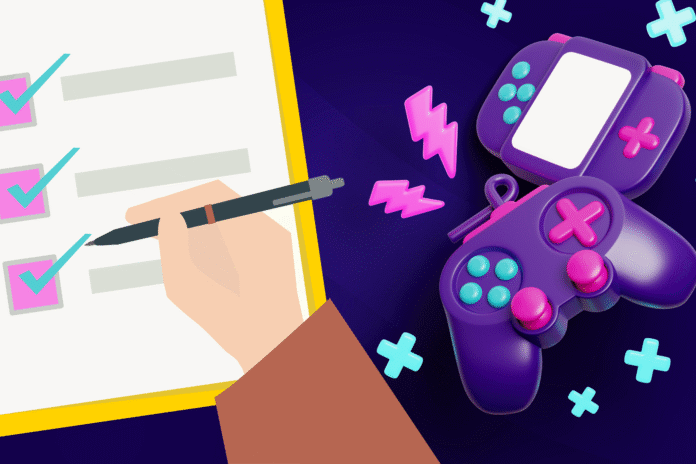Launching indie games is one of the most exciting and fulfilling moments for any solo developer or small team of creators. However, this will not be possible if one keeps overlooking details that can make or break a release. In short, a clear plan matters. But it is normal to find the process overwhelming. So, having a checklist will keep things moving in an organized manner.
Read on to discover a detailed checklist to set a game up for success.
Checklist for Launching an Indie Game
1. Finalize and Test the Game
Before announcing a release date, developers must make sure that the game is stable and polished. To do this, they should do playtests early and regularly. There is no need to have the public sign up for it. Family and friends can try it and provide valuable feedback and insights. From there, the development stage continues with big fixes, performance optimization, and platform compatibility.
2. Submit to Platforms Early and Prepare Store Page
When a developer decides that a title is ready, they need to sign up for their intended game publishing platforms. Do it as early as possible since the approval process can take time. Once approved and certified, setting up the game store page is crucial. It is the first thing players see. Therefore, creators should include engaging trailers and snapshots. They must also be clear about the genre, features, and price.
3. Establish and Execute a Marketing Plan
No matter how great a game is, it will not be successful without the other half of the recipe — marketing. All projects need attention to be discovered. It will help boost visibility and increase profitability. More importantly, a developer must understand that promotion of the game starts way before the launch day. Marketing a project early gives an edge over the competition. In line with this, traditional marketing might not work effectively anymore. Developers will have to incorporate modern game marketing strategies.
4. Set a Realistic Launch Date
Since most indie games are done by individuals or small teams without financial support from publishers, choosing an ideal release window is significant. The developer should consider the time needed to prepare and polish the game. Do not rush it! Players would be fine waiting for a compelling title instead of immediately accessing an overly flawed one. Plus, announcing delays in the release can ruin the initial image of a project. Moreover, it is best to avoid competing with major launches.
5. Engage After Launch
The work does not end when a game drops. Engaging with the community is a must after the rollout. The job extends to monitoring player feedback. It will assist in providing updates, bug fixes, and additional content. Doing so can make a title survive long after its release.
Key Takeaways
Launching an indie game requires passion, patience, and lots of preparation. Remember, successful titles did not happen overnight. They were the results of continuous development and smart marketing efforts. More importantly, scoring big with the first launch is just a bonus. The whole process is more about a learning experience. With this checklist in hand, developers will be ready to share their work with the world.
Note: Insights from Fast Capybara Productions, Game Marketing Genie, Rocket Brush Studio, and Wayline have been used in this article to ensure accuracy and depth.
